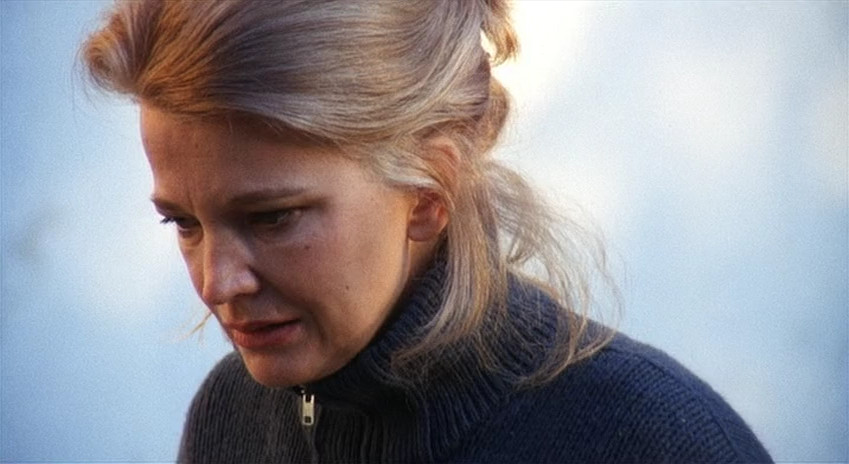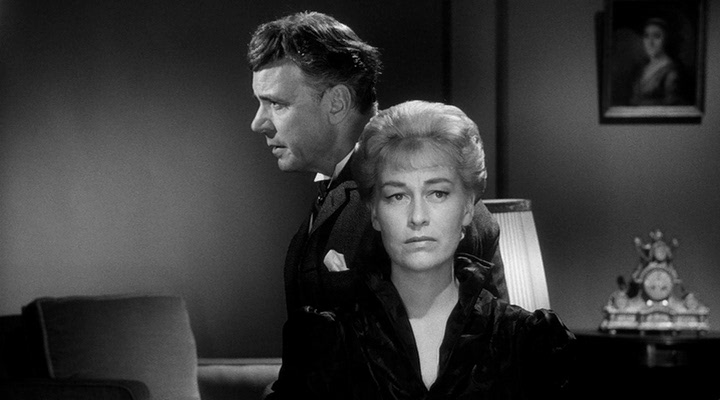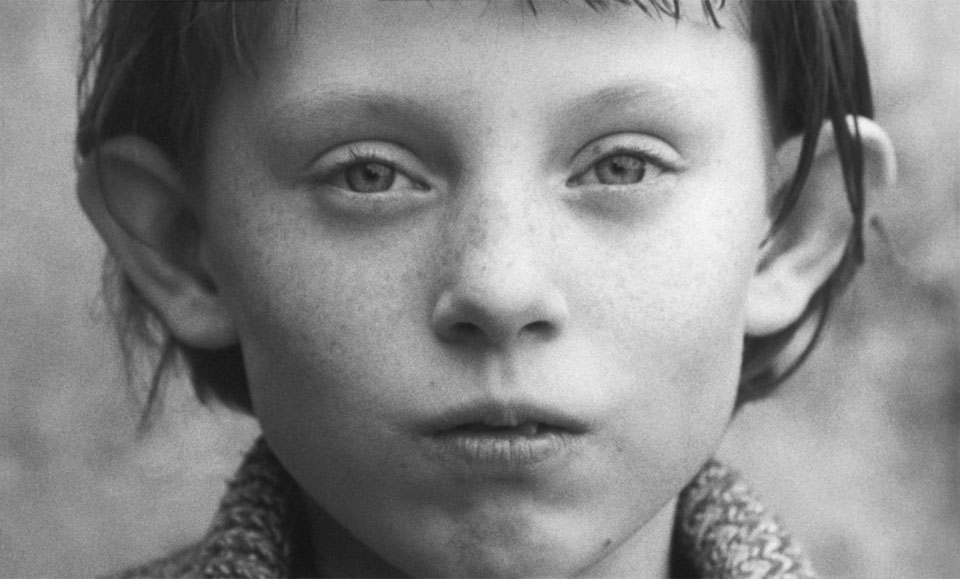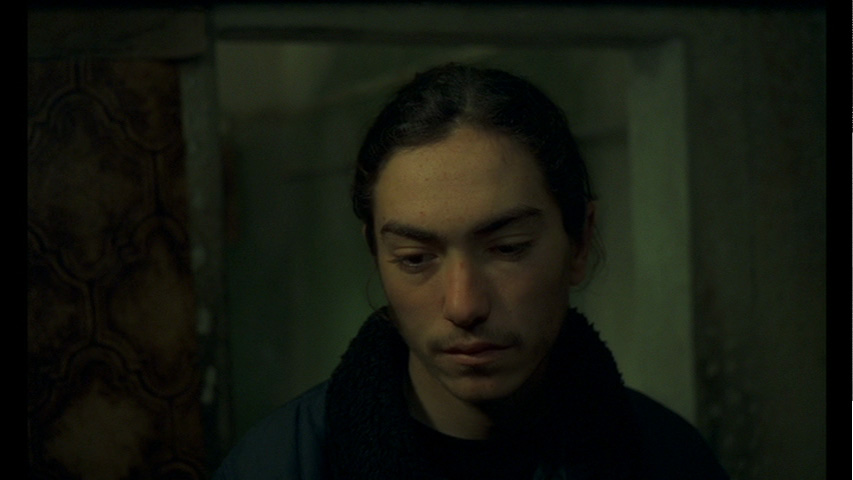
Introductory Note: This list/article is the second in a series attempting to argue that for cinema to be and to be taken seriously as an art form, it must forgo and move beyond Hollywood-like visual-based ways of meaning-formation, understanding, etc. into actor-, face-, dialogue-, voice-, emotion-, body-, character-, feeling,-, psychology-, and tone-based ones.
Readers are strongly advised to read my previous article in the series, especially (though by no means only) the lengthy theoretical and aesthetic introduction, which obviously cannot be reprinted here for reasons of brevity, for a fuller understanding of this intellectual and critical project (and also because some important information contained therein about several films and directors to be discussed in this will also not be reprinted here).
And what better way to discuss emotional profundity and body-based performances as a mode of deep truth-telling learning experiences than a discussion surrounding the greatest film performances of all times?
1. Nina Pens Rode, Bendt Rothe, Ebbe Rode, Baard Owe, and Axel Strøbye in Carl Theodor Dreyer’s Gertrud (1964)

First place because even today, after more than fifty years, this – one of the greatest films of all times and still the most profound discussion ever put to screen of the self-destructive nature of Man’s ideology, unwillingness to compromise, self-deception, and retreat into self-imposed and debilitating idealistic fantasy, with a clear foreshadowing of everybody from Robert Bresson to Jean-Marie Straub-and-Danièle Huillet – remains the most radical attempt ever to cleanse cinema from Hollywood’s and the macho journalistic (“critical”) establishment’s eschewing of and lack of any interest in emotional and psychological complexity and difficult perceptual acting-based tonal shifts and experiences in favor of easily-decodable shortcuts to emotional experiences by which verbal and corporal acting viz. human language and expression is replaced with “cinematic language and expression” that is visual tricks, understandable within two seconds with no understanding of life and with no knowledge thereof or about anything else but how cameras operate, spoon-feeding even the most unsophisticated viewer with how they are supposed to feel about a character and with how the characters are supposed to feel in a generalized-formulaic-allegorical way without uncertainties and contradictory feelings.
While every hack can spoon-feed the viewer with camera-tricks bestowing upon them such easy and simplistic-clear-obvious-nugatory stylistic modes of knowing, it takes a true genius to make audiences learn valuable unframed lessons about the complexities of life and truly experience new emotions following serious work with the actors emanating from eschewal of stylistic tricks.
Causing a stir amongst testosterone-fueled dudebros infatuated with decoder-ring instant knowledge and a macho fascination with “purely cinematic” easy ways of understanding, unable to even think of cinema in terms of human interactions, learning about life, and emotions, or, indeed, anything but technical tricks and generic messages decoded through them, hating on “merely filmed non-cinematic literature and theatre” i.e. anything that deals with emotion and actually requires knowledge about and interest in life rather than about and in fetishized technical/technological tricks – critic Philip Lopate wrote in the insert included with the Criterion Collection DVD that the film “generated a scandal from which it has never completely divested itself. New York Film Festival audiences, attuned to the Sixties jump cuts [were] baffled by its provokingly patient procession of scenes in which the main physical action seemed to be moving from one divan to another [in which] [h]usband and wife sat on a couch for minutes at a time, talking about the past and the end of their love—audiences hissed, critics accused it of being uncinematic[,] [it] disdains to disguise its roots as a play,” while critic Ray Carney noticed how “[in this film] [s]ignificant actions of an external sort are almost eliminated[,] [s]ettings are simplified and props reduced to a minimum[, and] [e]vents and scenes are paralleled and formally compared to the extent that they become as ritualized as Kabuki[,] [the] minimalization of superficial forms of expression and eventfulness, and the paring away of superfluous props and costumes – all of these worldly impoverishments – are all in the service of a supreme imaginative enrichment.
Gertrud renounces external eventfulness in order to cultivate internal or imaginative eventfulness” – and using the (constant-and-never-moving as a way to allow viewers to focus on acting and the body rather than on technical formalist tricks, in fact, the shots are the longest technically allowable before the invention of digital shooting) camera merely as a functional recording-device rather than as an originator of instant meaning and knowledge as in Hollywood, this film remains the best summation of the truism that a longwinded presentation of several actors merely speaking for ten-minutes-a-scene while the camera does not move and no artificial and manipulative “cinematic language” is involved, in other words, the dreaded “merely filmed non-cinematic literature and theatre,” not only has a much greater capacity to teach than any Hollywood mode of filmmaking but is more dramatic than any car chase.
2. Julianne Moore and Peter Friedman in Todd Haynes’s Safe (1995)

Julianne Moore is unanimously recognized as one of the greatest and most emotionally-expressive actresses of all time and as arguably the greatest actress of her generation – not to mention, at age 57, as still quite possibly the most beautiful woman in the world – and in this, her breakthrough and still-best role, she plays an ailing housewife growing increasingly allergic to her environment, in one of the most important films ever made affirming taking personal responsibility and control of one’s life attempting to make the best out of it and the humanistic methodological individualism so rarely found in contemporary intellectual discourse, revealing politics as simplistic escapism from emotional complexity is hardly the most politically-correct position.
In Carney’s words: “movie[s] can be political without blaming the system or victimizing [their] characters, look at Todd Haynes’[s] Safe [which] never preaches [and] never attitudinizes about social problems[, it] reveals that the way the world is organized and understood affects the smallest individual act [and] makes us think deeply about the connections between society and personal life—about where we live and how, about our felt need for order and clarity and safety, about our fears of what we can’t control. Haynes’[s] movie shows that the personal is political, and that’s what makes it the most subversive and radical American film of the past 10 years.”
3. Julie Hagerty, Wallace Shawn, and Karen Young in Tom Noonan’s The Wife (1995)

Mulltivalency is the name of the game in Tom Noonan’s criminally-underseen profound masterpiece (a mere 280 votes on IMDb at the moment!). Contrary to the standard Hollywood-filmmaking technique of easily-coercing viewers into understanding their and characters’s emotional states within two seconds by downplaying bodily-based acting and privileging outside-the-body camera movements and editing tricks understood instantly within less than a minute by even the most unsophisticated viewer, Noonan’s camera not only is merely functional and does none of those shortcuts-into-understanding (and actually forces the viewers to perceptually-perceptively work with his incredible corporal and tonal work with the actors in order to experience profound emotions), it does something even rarer by refusing to privilege the viewpoint of any actor, contrary to Hollywood megalomania and adolescent rebellious/solipsistic angst, in this ensemble piece, another indication that “plots” with their reptilian “twists” closer-to-rollercoaster-rides-than-to-art, loved by dudebro journalists whose idea of great cinema has nothing to do with emotions other than getting shot, are a liability and nothing is more interesting in the whole world than watching several people work out their emotional complexities by merely speaking in a room (and the greatest dramas tend to the silent side, contrary to Hollywood scenery-chewing).
The knowledge required to understand Noonan’s gem comes with age and is all about the complexities of life – the differences between men and women, the masks people wear so tightly they become permanent – rather than the complexities of camera tricks and techniques readily understandable even by teenagers, as in the Hollywood “greatest films of all times” so beloved by auteurist/formalist journalists requiring no understanding of life and being based solely on decoding camera positions within two seconds to uncover some banal -generic theme/message.
4. Víg Mihály, Derzsi János, Bók Erika, and Peter Berling in Tarr Béla’s Sátántangó (1994)

Composed of only 150 largely-static shots shot-in-real-time in which the barely-functional camera barely moves and with very minimal editing in a 432-minute film, many going as long as possible in non-digital shooting, like The Wife, Tarr Béla’s camera refused to both privilege the viewpoint of a single character or to let it take over a scene – many scenes are shot over-and-over-again from different viewpoints multivalently – and to privilege technical-technological tricks/techniques deconstructed in less than a minute as substitute for living over emotionally-sincere and demanding work, on the viewers’s part, with their and characters’s feelings, faces, and bodies.
An ode to and a celebration of life full of humor and vibrancy, like Safe, Tarr admonishes the bigotry of low expectations and reminds us to look inwards as this world is made of you and me and that our problems are not caused by someone else.
5. Vanda Duarte, Lena Duarte, Zita Duarte, and Ventura Medina in Pedro Costa’s Ossos (1997), No Quarto da Vanda (2000), and Juventude em Marcha (2006)

Another criminally-underseen trilogy (with only 1,139, 1,064, and 1,172 votes on IMDb, respectively) and largely shot documentary-style/digitally, again with the camera being merely functional and static for a long time and with no “cinematic expression” being used, focusing instead on acting, emotion, dialogue, and human interactions and shifts i.e. exactly like a “merely filmed play,” with a more-or-less one-man crew, Pedro Costa decided to follow for about a decade-or-so a group of drug-addicted Portuguese lumpenproletarians and Cape Verdean migrants in Lisbon’s now-defunct favela-like Fontainhas neighborhood and asked them to reenact actual events from their own lives, all mixed with documentary footage of further discussions between the characters as they occur, and managed to get non-actors to give some of the most amazing acting ever recorded.
Far from being either a desperate artifact of melodramatic “misery porn” or an ideologically-mobilized piece of “social justice” political/ideological one-sided propaganda, as no doubt a similar situation would arise in the hands of most filmmakers, Costa demonstrates how the residents actually enjoy and celebrate their highly-vibrant community they call home and resist the state’s attempt to help them by demolishing their shanty-houses and moving them into antiseptic, clean modern apartments (I wrote a seminar paper on this trilogy during my M.A. and several fellow graduate students queried whether it “romanticized poverty”).